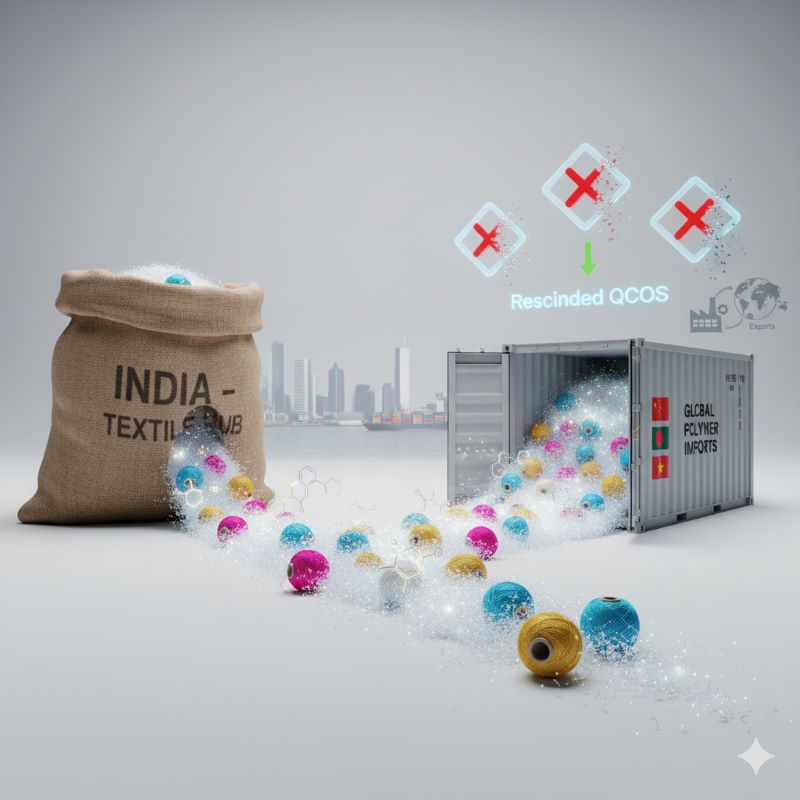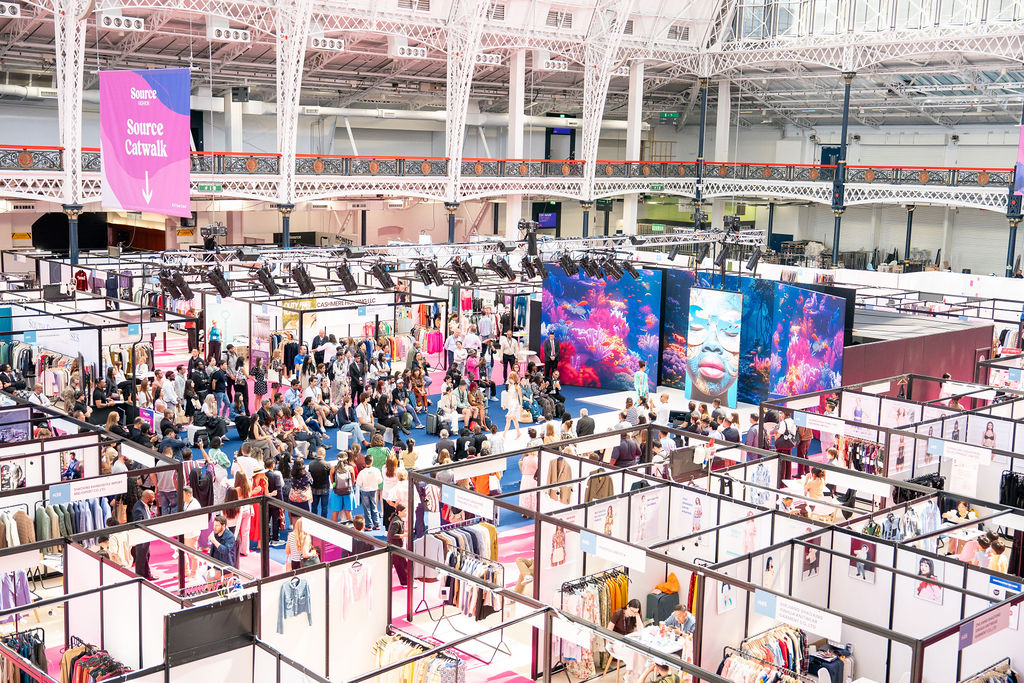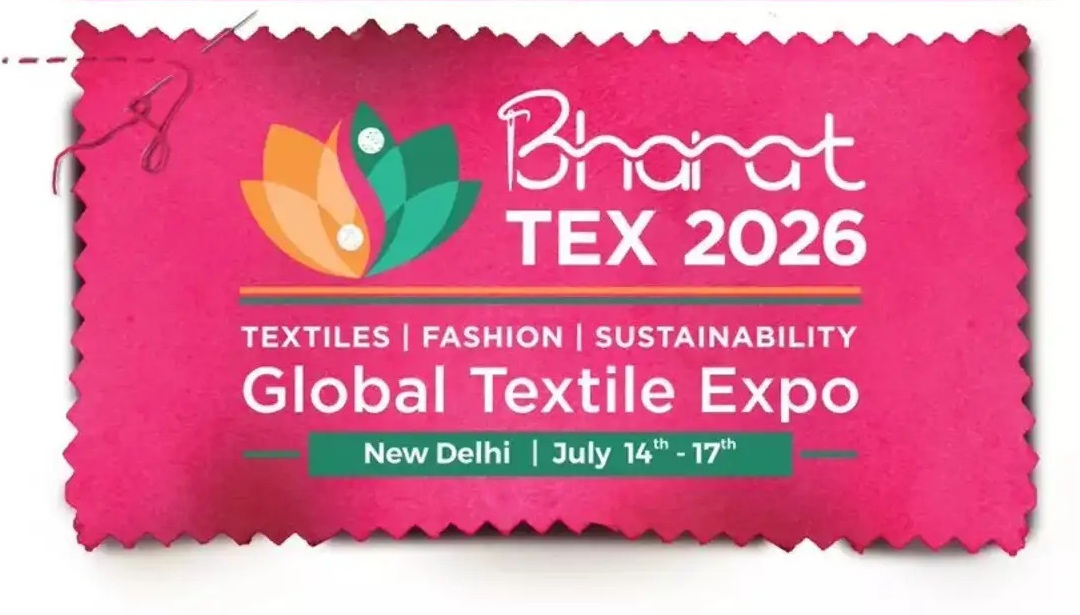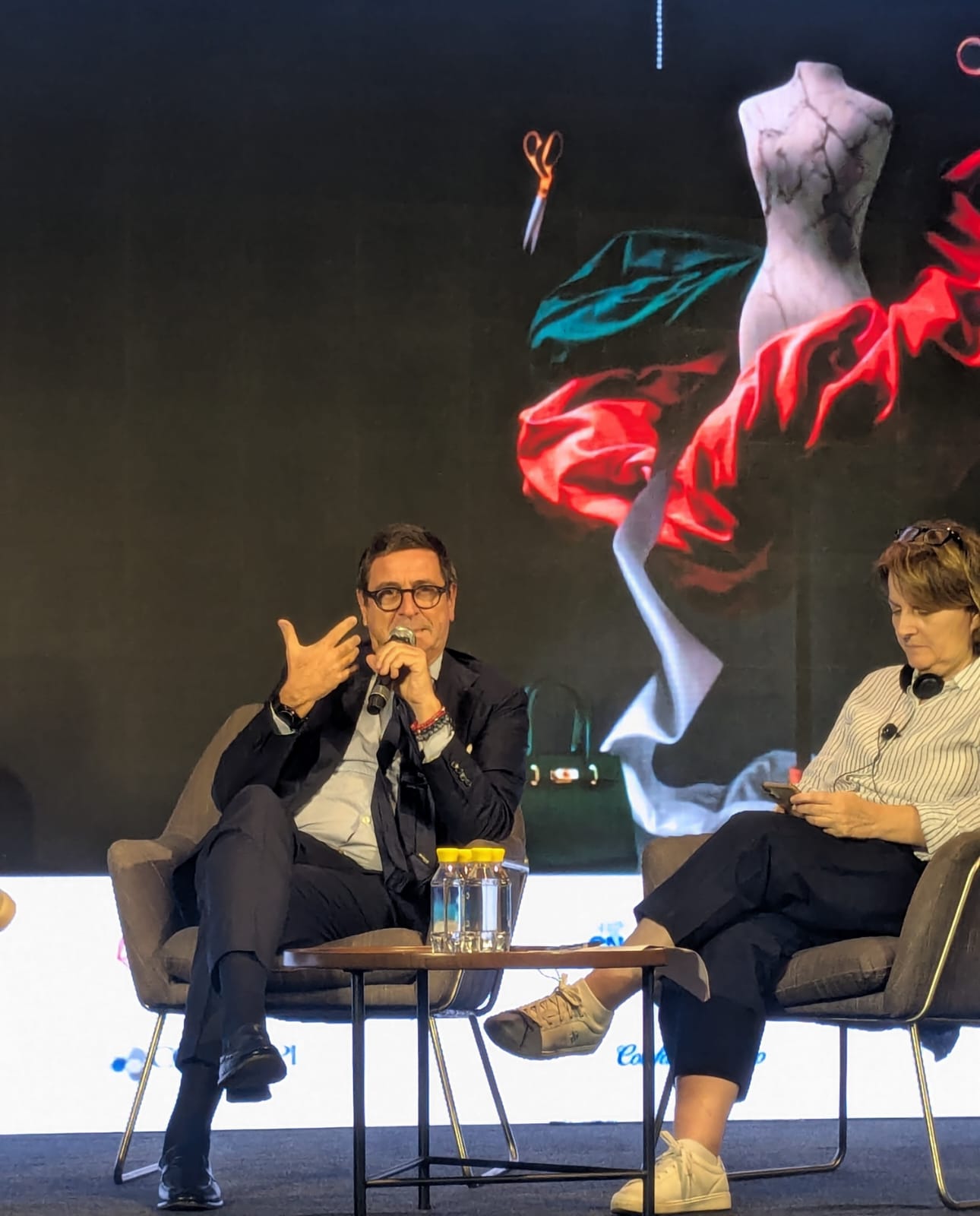FW
Sweater exports from Bangladesh to Europe dropped 3.54 per cent, although exports of other apparel items have risen. In fact sweater exports from Bangladesh have been fluctuating for the last few years. Reasons include shorter winters in Europe coupled with the devaluation of the euro. Customers are reducing orders because of the falling euro.
On top of that, many sweater makers installed automated machines for higher productivity and to maintain quality. This led to overcapacity. Also, the euro has started falling against the taka since September last year, further affecting the exports.
With climate change, the demand for thick sweaters, widely produced in Bangladesh, is going down in Europe. As a result, customers like light sweaters, which can be worn all year round. But Bangladesh is still not a strong producer of light sweaters, although investors are importing expensive machinery to produce such sweaters. It’s necessary that Bangladeshi entrepreneurs change their sweater production patterns to match climate changes in the west.
As compared to sweater exports, exports of other garment items like shirts increased. Trouser exports have remained almost constant. But jacket and T-shirt exports from Bangladesh have risen. The effects of climate change can be observed in Europe and further changes in climate are projected to take place in the future. Warming has been stronger in most regions in winter than in summer.
Under the National Plan of Action, many readymade garment (RMG) factories are still unwilling to go through fire, electrical and structural assessment being carried out by the International Labour Organisation ILO-nominated engineers.
Recently, a list of about 88 factories was sent by the ILO to the Bangladesh Garment Manufacturers and Exporters Association (BGMEA) that these factories were not interested in undergoing assessment. It again sought the apparel apex body’s cooperation. They said that these factories were members of the BGMEA and running their manufacturing activities. Faruque Hassan, Senior Vice-President, BGMEA confirmed the receipt of a list of factories that were not interested in being inspected.
Industry insiders said that some factories are unwilling to be assessed as they are planning to relocate, while others were unwilling to be assessed by the Western retailer groups. Some units’ compliance situation is poor; hence they are unwilling for an inspection, while others operate as and when they have orders.
The ILO had extended the free-of-cost inspection opportunity until October 31 next year earlier. Around 1,400 factories have been inspected under the national initiative so far, which started in November 2013.
Hassan said that if they want to do business, all factories have to undergo inspection under any of the three initiatives and they would ask them again to undergo it. He added that factories will have to take the liability if not inspected within the deadline as the BGMEA will not take any responsibility. Besides, the Association will stop providing service to those listed factories that would fail to be assessed, Hassan said. Apart from this, the BGMEA will also ask its members not to provide any work order to the non-compliant factories.
www.bgmea.com.bd
ESCP Europe and Lectra recently organised a round table on ‘Fashion, Sustainable Development and Technology’ under the auspices of the ‘Fashion and Technology’ Chair. Lectra is a world leader in integrated technology solutions dedicated to industries using soft materials—fabrics, leather, technical textiles, and composite materials.
Inaugurated in February 2014, the Lectra-ESCP Europe Chair aims to develop and convey knowledge based on innovations within the fashion and luxury sectors, because of cutting-edge technologies.
Lectra and ESCP Europe sought to present some of the ongoing sustainable development changes in the fashion sector in the run up to the launch of the Conference of the Parties to the United Nations Framework Convention on Climate Change (COP 21), which will be held in November this year in Paris.
A number of principles that allow the fashion industry to become environmentally sustainable more quickly and efficiently were agreed upon by the panelists. Some points they agreed upon were—being one step ahead of consumers’ behavior, the necessity of supply chain transparency, using technology that permits fashion brands to be more eco-friendly and socially responsible, and participating in cross-industry platforms to drive forward innovation.
The clothing industry suffers from structural constraints, making it one of the least sustainable sectors. Thus, the entire supply chain is effected—from the production of raw materials to end-of-life product management through manufacturing conditions.
www.lectra.com
The winner of the ITMA sustainable innovation award will be announced in Italy, November 12, 2015. One of three leading textile manufacturing companies who have worked closely with their technology suppliers will be presented with the award. The three finalists are Berto, Gebrüder Otto and Levi Strauss.
Berto is an Italian company. It is a supplier of denim to leading European designer brands. It has developed a wide range of new coating and coloring concepts. These include the latest Never Fade solid indigo denims which are guaranteed to retain color for their lifetime, along with printed denim ranges and coated stretch fabrics in vivid, full colors.
Gebrüder Otto is a German company. It’s one of Europe’s leading yarn manufacturers. The family-owned business has been producing top quality yarns and twists for over a century, specialising in the processing of natural fibers. The company has been a partner in the development of Mayer & Cie’s new spinit technology. The spinning and circular knitting processes are uniquely combined in the spinit system, with single knitwear made not from yarn, but directly from rovings, resulting in a much shorter process, with ring spinning, cleaning and rewinding all eliminated.
Levi Strauss is the well-known denim manufacturer and clothing brand from the US. The brand uses Tonello’s NoStone process which is said to result in authentically stone washed denim without the economic, ecological and mechanical disadvantages of other processes.
www.itma.com
Jakarta Fashion Week will open on October 24, 2015. This is the main fashion week in Indonesia and the largest in Southeast Asia.
The fashion week will be a landmark for Indonesian fashion, in which hundreds of Indonesian and foreign designers, including designers from Japan, Thailand, and South Korea, will celebrate and showcase their best work. This is the eighth year of the Jakarta Fashion Week.
The event is taking place in Senayan City, a complex dedicated to high-end shopping in Jakarta. Senayan City is a premium shopping destination that represents high end boutiques from Italy and France, as well as various other fashion brands from around the world. Fashion shows will feature the latest collections from tenant brands such as Bebe, Promod, and Debenhams.
Jakarta Fashion Week is also sponsored by Dekranasda, an organisation involved in developing handicraft products. Dekranasda seeks to encourage quality crafts and attempts to present a variety of innovations in product development for Jakarta’s artisans by improving the quality, design, packaging and branding of crafts, facilitating access to finance for entrepreneurial initiatives, and organising various promotional events such as exhibitions, curations, and competitions.
The organisation is providing a series of training programs aimed at improving the competence of artisans in production and business management. Dekranasda also participates in the Indonesia Fashion Forward program, featuring creative fashion products.
www.jakartafashionweek.co.id
City Mayor AJM Nasir Uddin was recently called upon by the newly-elected office-bearers and leaders of the Bangladesh Garment Manufacturers and Exporters Association (BGMEA), headed by the newly-elected first Vice-President Moinuddin Ahmed Minto, Chittagong Chapter.
Amongst the leaders were also others—Syed Md Tanveer, Selim Rahman, former first Vice-President Shahabuddin Ahmed, former Director Helaluddin Chowdhury, newly elected Vice-President Md Ferdous, Director Kazi Mahbub, Md Saifullah, Amjad Hossain Chowdhury, former Director SM Sajedul Islam.
The present situation of the garment sector in Chitagong was apprised by Minto and the Vice-President observed that 40 per cent garment exports were conducted from Chittagong since the inception of the garment industries in the country. However, now, he said, it has declined to only 9 per cent of the total exports.
Minto further stated that there was no alternative for garment villages to overcome this situation. To sustain the old reputation of RMG exports from Chittagong, leaders of BGMEA sought cooperation to establish a garments village. They want this village to be situated at the unused city corporation's land measuring 12 acres at Kalurghat area. Moreover, small garment villages were also proposed by the BGMEA at different Khas lands at the Sagarika area. Minto heard the requests and gave his assurance of his best efforts to establish garment villages in the port city.
www.bgmea.com.bd
At China International Sewing Machinery & Accessories Fair, 2015 (CISMA), ThreadSol, a pioneer in enterprise material management for sewn products’ industry received an overwhelming response from the top garment manufacturers, across 23 geographies.
At its debut at CISMA ThreadSol launched the most promising production management tool—intelloTrace. This brings an unrivalled and highly potent technology, ‘NFC’ to apparel production floor, much to the likes of Google Wallet and Apple Pay, the latest innovations using NFC.
IntelloTrace offers some exclusive benefits for the global apparel industry and the thriving need of the industry for a credible and intelligent tracking product is very smartly accomplished by IntelloTrace. Besides, it streamlines the factory processes and facilitates customisation according to a factory’s requirement.
Ziya Kılıç, General Manager at Ozbilim, Turkey said that IntelloTrace offers complete visibility right from inventory to shipment, be it the operator, department or any section of the factory. Also, the critical operations as per real-time production requirement of quality or bottleneck, can be tracked making the deployment flexible and cost effective, Kılıç added.
The backbone of intelloTrace is Predictive AI (Actionable Intelligence reporting) forms, which provides visual and interactive reports of past performance, present status and future predictions.
Manasij Ganguli, CEO at ThreadSol, says that IntelloTrace is the world’s first completely mobile phone based production tracking and management system and simply with a click, one can view the problem, the plausible solution and associated reports.
www.threadsol.com
www.cisma.com.cn

Structural reforms needed
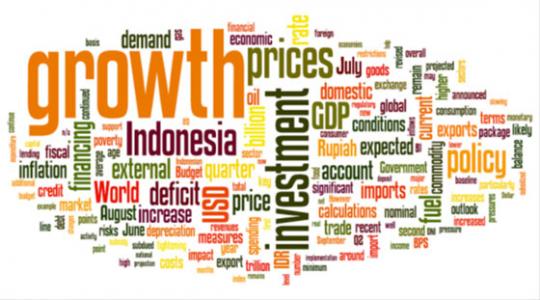
Axel van Trotsenburg of the World Bank said that growth in the developing East Asia Pacific continues to be solid; however, the moderating trend suggests that policy makers in the region must remain focussed on structural reforms that lay the foundation for sustainable, long-term and inclusive growth. Trotsenburg, while explaining what the reforms should constitute said that they should include regulatory improvements in finance, labour and product markets, as well as measures that enhance transparency and accountability. He believes that these policies will reassure investors and markets, and help sustain growth that would lift the impoverished.
The region does face a challenging global environment. Global trade is growing at its slowest pace since 2009 and the recovery in high-income economies remains gradual. The widespread slowdown in developing countries has intensified, particularly in commodity producers affected by lower commodity prices.
Across East Asia, the performance trends are diverse. China’s economy, this year, is expected to grow about 7 per cent and will moderate gradually afterwards. Its economy continues to shift toward a model, which is dominated more by domestic consumption and services, which implies a gradual reduction of growth.
In 2015, the rest of the developing East Asia is expected to grow 4.6 per cent, which is similar to the rate in 2014. Indonesia, Malaysia and Mongolia, which are commodity exporters, will witness a slower growth and lower public revenues this year, which reflects weaker global commodity prices. Whereas, the importers will be stable; for e.g., Vietnam, is expected to grow 6.2 per cent in 2015 and 6.3 percent next year. However, growth will ease in many of the smaller economies. Pacific Island countries will witness moderate growth.
Though growth is still at 6.9 per cent this year in Cambodia, lower agricultural output is hurting the economy. Severe flooding in Myanmar is most likely to slow down the growth to 6.5 per cent from 8.5 per cent last year.
China may slow down growth
Sudhir Shetty, Chief Economist of the World Bank’s East Asia and Pacific Region says that developing East Asia’s growth is expected to slow because of China’s economic rebalancing and the pace of the expected normalisation of US policy interest rates. He feels that these aspects may generate financial volatility in the short-term; however, they are a necessary adjustment for sustainable growth in the long term.
The Chinese economy will slowdown in 2016/17 because the country has sufficient policy buffers and tools to address the risk of a more pronounced slowdown, including relatively low public debt levels, regulations restricting savings outside of the banking system, and the state’s dominant role in the financial system. The effects of the slowdown will be felt in the rest of the region, if the country’s growth slows down further. This is especially for countries linked to China through trade, investment and tourism.
Also, a gradual increase in US interest rates will begin in the coming months. This rise, though anticipated, is still risky for the markets as they could react sharply to such tightening, causing currencies to depreciate, bond spreads to rise, capital inflows to fall, and liquidity to tighten.
The report concludes that given the situation, two key priorities across the region are important—a wise macroeconomic management, aimed at shoring up external and fiscal vulnerabilities, and a deeper structural reform, focussed on encouraging private investment.
Worldbank.org
To promote the cultivation of organic cotton in the Satpuda-Pench corridor of Central India, adjacent to the ecologically important Pench Tiger Reserve, the C&A Foundation and WWF India launched a partnership recently.
The organisations will combine organic agriculture with environmental conservation to create a win-win situation for both farmers and nature through their unique programme. 6000 farmers will obtain organic certification by the end of 2018 through this multi-year project.
Anita Chester, head of sustainable raw materials for C&A Foundation said that their vision for this collaboration is to maintain the ecology of the Satpuda-Pench corridor while enhancing the livelihoods of cotton farmers, who play a critical role in the apparel industry value chain. She feels that degradation of soil and water quality, which adversely affects wildlife habitats can be minimised by helping farmers and also it would while also reduce costs and increase yields for local cotton farmers.
Farmer training has already started in this season though it is in the prototype phase. In this, farmers will learn how to build the fertility of soil to increase yields, and make natural plant pesticides and compost. Those who complete the programme will obtain organic certification, which would give them better access to international organic cotton markets.
Sejal Worah, Program Director, WWF India said that sustainable agriculture plays an important role in conservation and she believes that when farmers manage their land sustainably, they can help preserve critical habitats by improving soil and water quality, which in turn, enhances their agricultural productivity in the long term.
Candafoundation.org
www.wwfindia.org
Vietnam will expand the range of its textile and garment material suppliers to stimulate the development of the sector. The country is looking for textile material suppliers outside Asean and China. And India has suppliers of materials and accessories for the Vietnamese garment and textile industry.
India's fabrics, natural fibers, cotton and garment accessories are of good quality and diversity. In addition the Asean-India free trade agreement has made Indian materials more competitive in term of prices.
India’s yearly exports of garments and textiles to Vietnam have already reached 400 million dollars. However, Vietnam’s imports of materials from India are still modest due to difficulties in payment and transport.
Last year India passed a $300 million credit program in order to help Indian companies enter the Vietnamese market. Both Indian enterprises exporting to or investing in Vietnam and Vietnamese enterprises which want to import garment and textile materials from India can seek preferential loans from the program. Vietnamese-India trade has strongly grown in recent years, up 9.84 per cent in 2014 in comparison with 2013.
Vietnam’s garment and textile sector has to import a large quantity of cotton as the country's cotton output meets only one per cent of local producers' demand. And India has a sufficient supply of the material for the Vietnamese textile industry.


